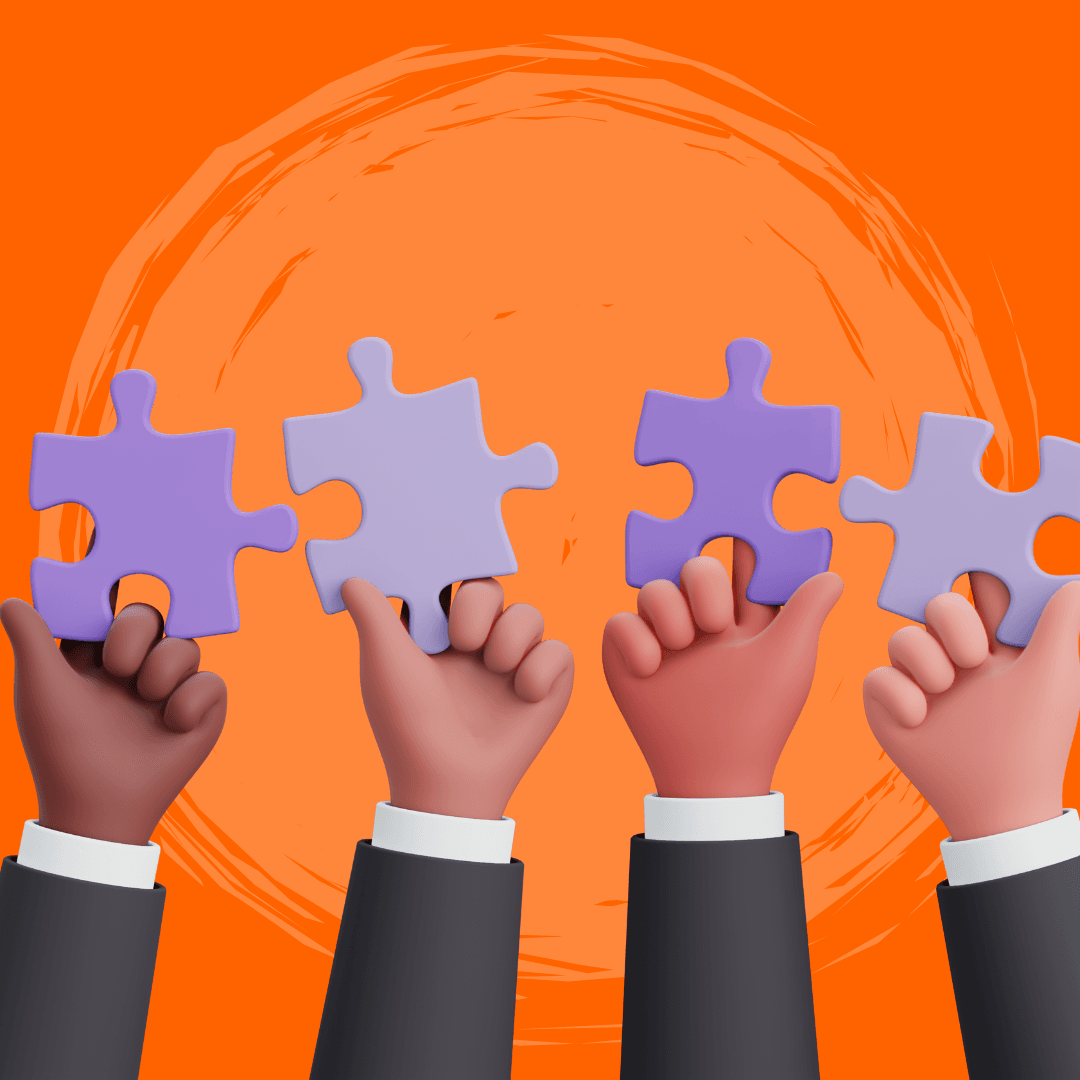When training becomes a cycle of forgetfulness
Surely it has happened to you: you prepare a training with all the intention of improving processes or updating knowledge. There is participation and a good reception, but weeks later errors and doubts reappearand you, from the training team, wonder if all that effort was of any use.
It did help, but not as you expected. But you can stop feeling guilty, it's not your fault or the fault of the people who forgot. Neuroscience explains it: if the experience is not meaningful, the brain does not store it.
The curve of the Olvido
More than a century ago, psychologist Hermann Ebbinghaus defined what continues to affect even the most modern training platforms today:

This oblivion curve is not a myth. It has been proven in contemporary studies and continues to influence corporate environments where a training session is expected to change behaviors almost magically. But without practice, without emotional connection, without reinforcement, what has been learned disappears.
From andragogy - the science that studies how adults learn - it has been demonstrated that we do not retain just any content, but that which we feel useful, relevant and applicable to our immediate reality.. The adult brain filters what it learns with a single question: "Does this work for me now?". If the answer is no, throw it away. Therefore, learning experiences must connect with real problems and offer concrete solutions. Only then will knowledge cease to be fleeting and become a tool.
No es lo que enseñas, es como lo diseñas
The problem is not that people don't want to learn, but that they don't want to learn. many of the trainings are still presented as a download of information, not as an experience.. This model is comfortable, but ineffective. It informs, but does not transform.
That's where redesign comes in, turning learning into something that feels real:
- Simulations where the employee makes decisions.
- Spaced repetition that trains the memory.
- Immediate feedback to reinforce understanding.
- Gamification as motivational architecture, not just decoration.
Active experiences have a key advantage: the brain treats them as something that matters. Saves them. It connects them with emotion. And turns them into a useful memory.
¿Y ahora qué?
At O-lab We have learned this by accompanying training teams that were exhausted from trying without seeing change. For this reason, we recommend structuring content that allows people to solve, decide, make a mistake without risk. Because there -and only there- knowledge becomes action. It is not about repeating what you have learned. It is about applying it with purpose.
If you want to start redesigning your strategy, here are some recommendations:
- Eliminates decorative elements. Keep the essentials: what solves, what changes, what applies.
- Create micro-challenges. Good training doesn't need to last for hours. It needs to move something.
- Integrate the practice before the evaluation. Don't wait until the end to see if it worked.
- Look at impact, not just attendance. Just because someone completes a course does not mean they have learned.
- Talk to your users. What do they remember, what do they apply, what worked for them? That's the real metric.
You don't need magic solutions either, just small changes that make sensethat turn learning into something useful, real and that, this time, do stay. For this reason, since O-lab we will continue to share ideas, resources and experiences to accompany you in this process.
Would you like to know how to improve your company's training strategy?
BOOK YOUR FREE DEMO AND DISCOVER O-LAB AND FIND OUT HOW YOU CAN BOOST YOUR TRAINING!

